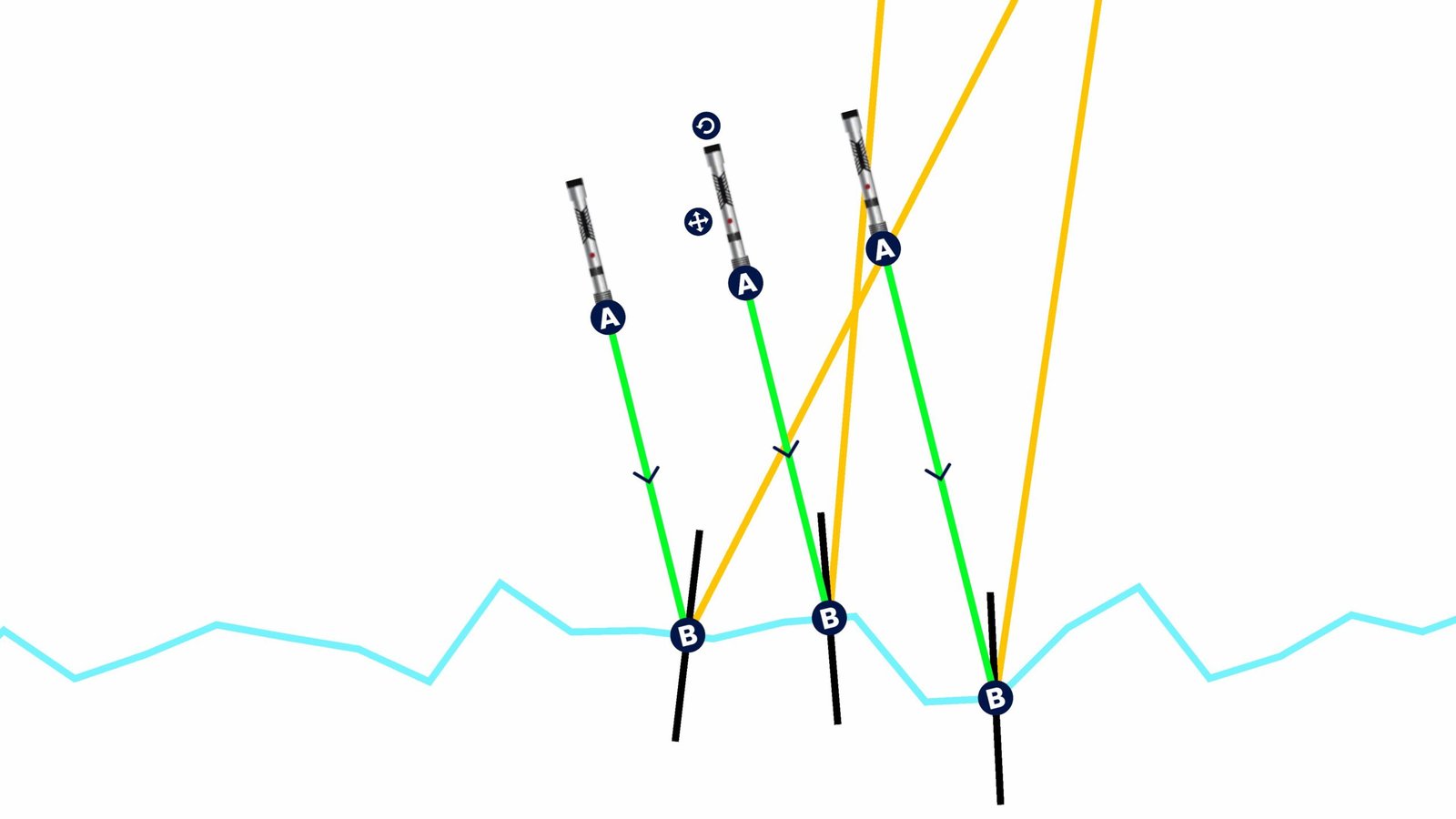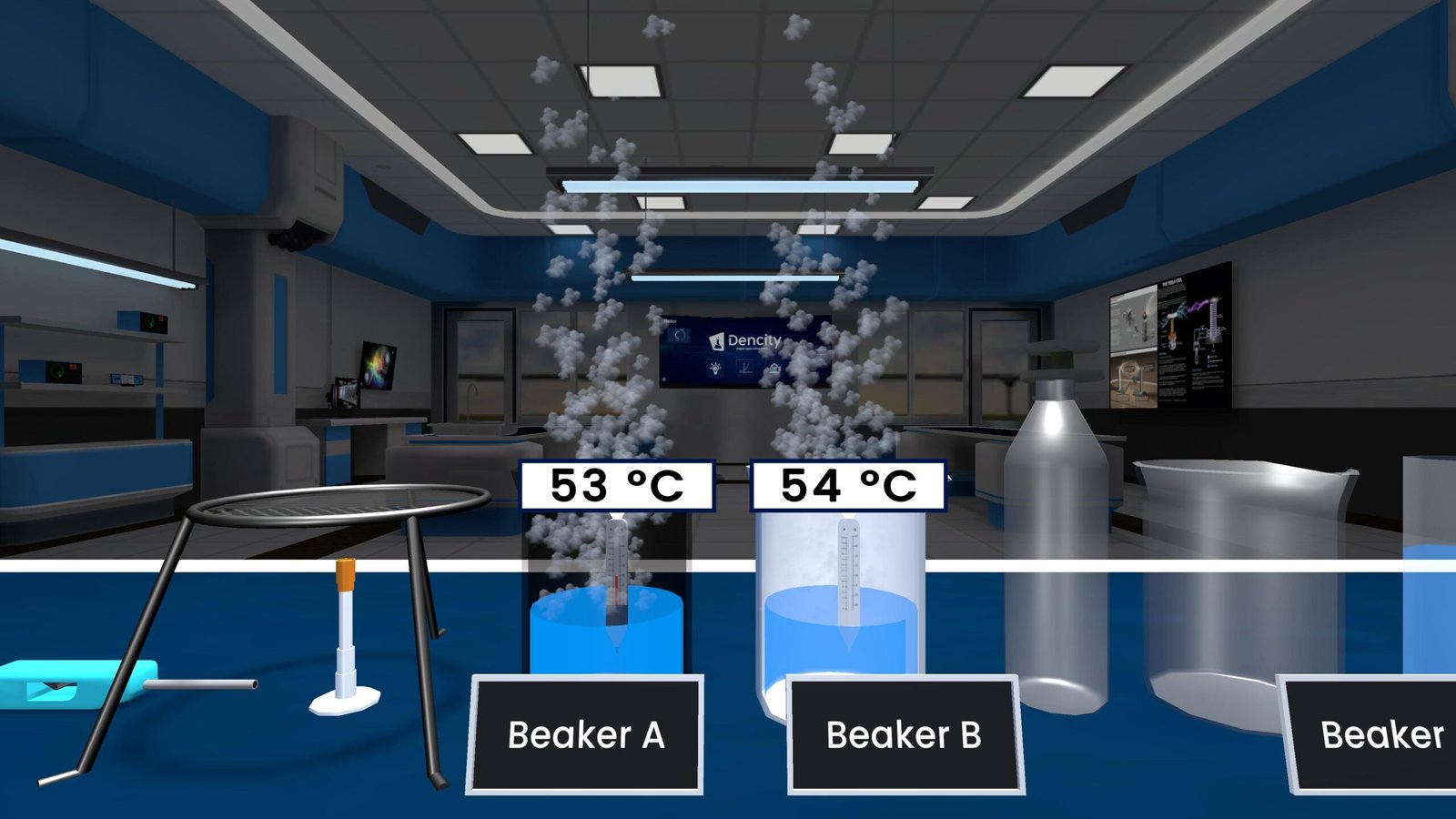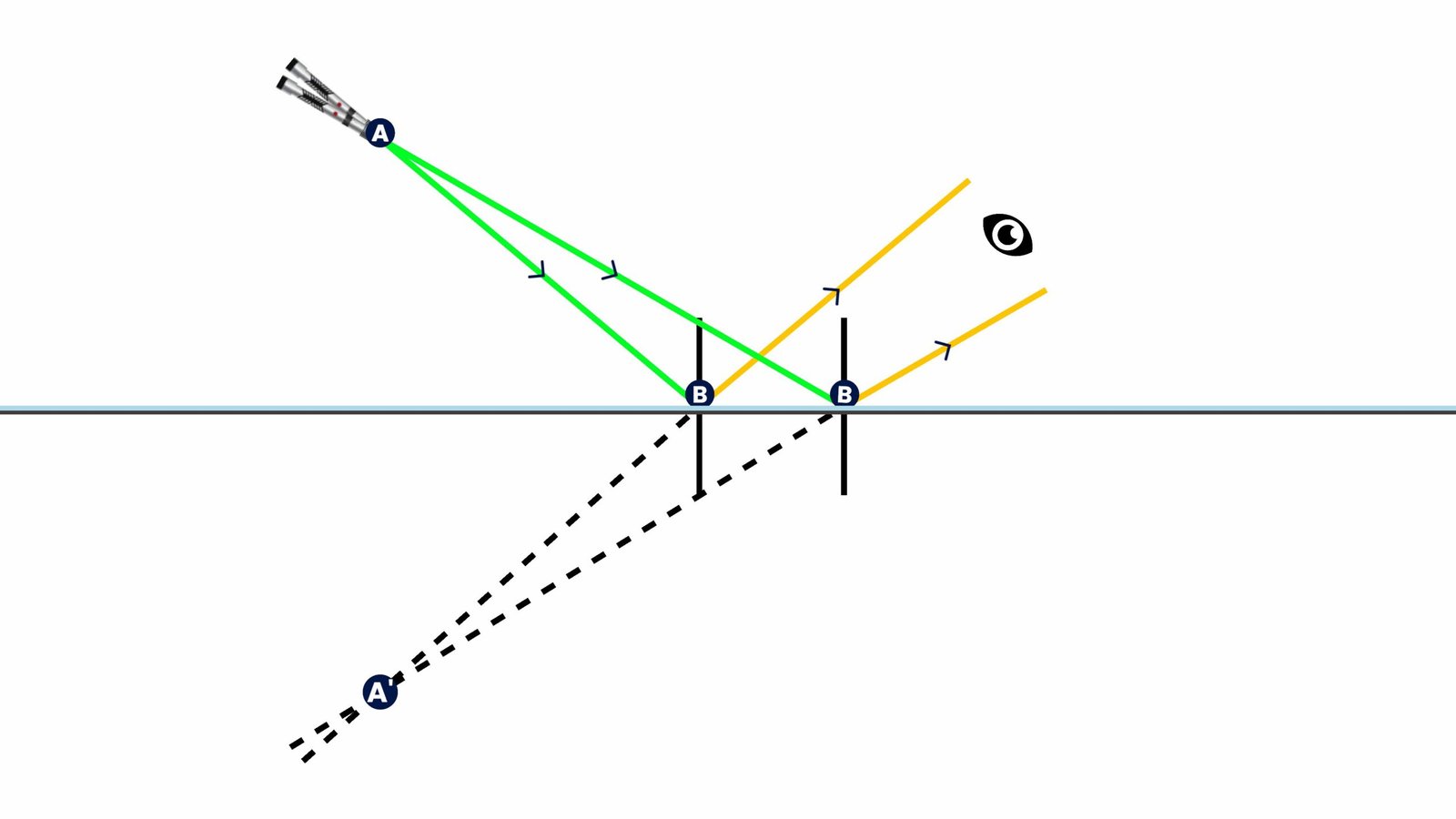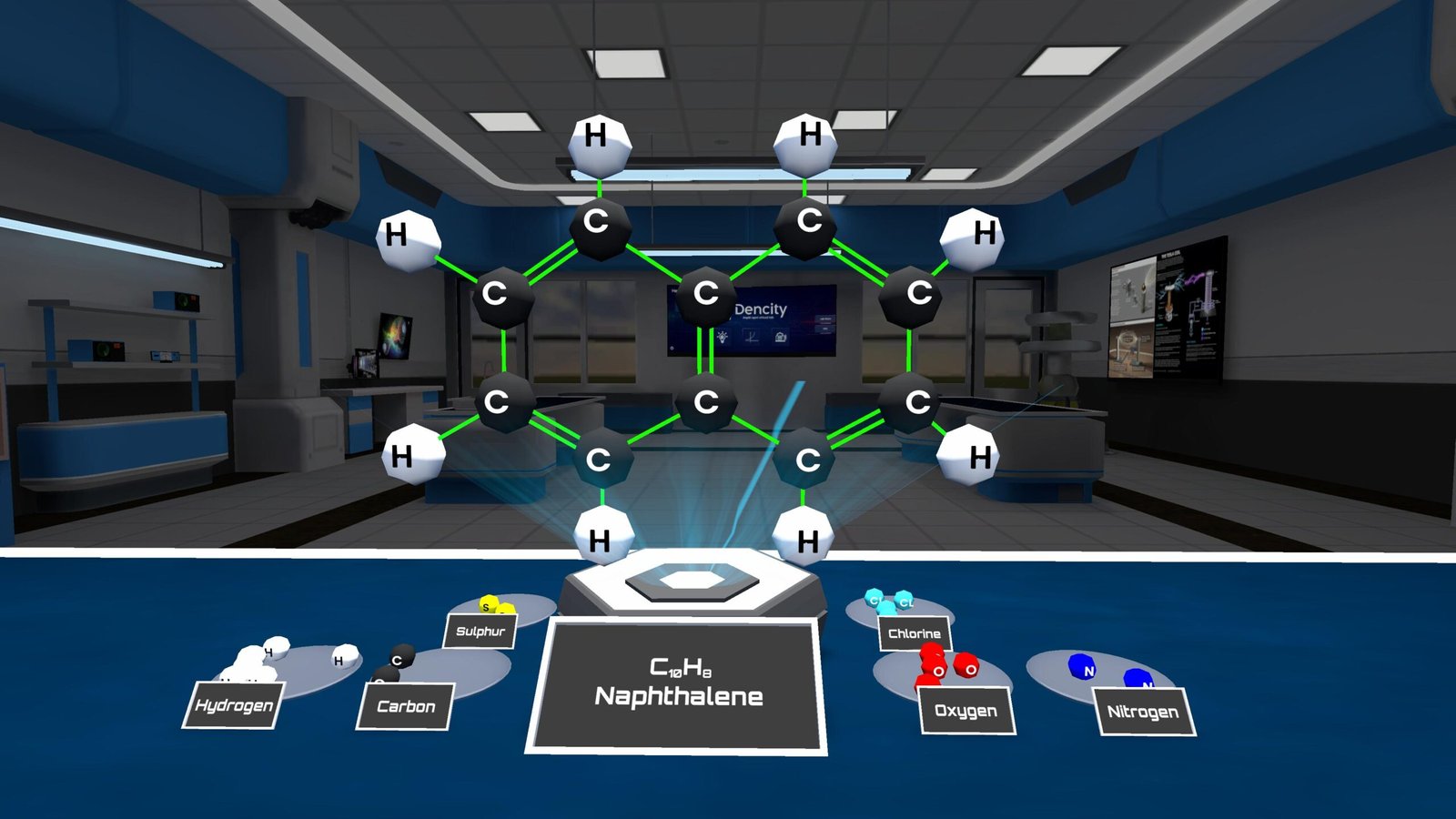Diffused Reflection Experiment – Class 8 Science
Diffused reflection is the type of reflection that happens when light falls on a rough or uneven surface and scatters in many directions. Unlike regular reflection, where the reflected rays remain parallel and form clear images, in diffused reflection the rays are scattered, so no clear image is formed. Still, the law of reflection (angle of incidence = angle of reflection) is obeyed at each point of incidence.
Understanding Diffused Reflection
When a beam of light hits a smooth surface, like a mirror, the reflected rays all move in one direction. This is why mirrors produce clear images. But if the same light beam strikes a rough surface, such as paper or cardboard, the tiny irregularities on the surface make the rays reflect in many different directions. This scattering of light is what we call diffused reflection.
Even though the rays scatter, each one individually still follows the law of reflection. It’s the different angles of the rough surface that cause the rays to spread out instead of staying parallel.
Real-Life Applications of Diffused Reflection
- We are able to see most objects around us because their surfaces scatter light.
- Walls, clothes, and furniture reflect light diffusely, enabling visibility from all directions.
- Photography studios use matte surfaces to scatter light and avoid sharp shadows.
- Road signs use special materials that control diffused reflection for better visibility at night.
Key Observations
- Smooth surfaces → regular reflection → clear images.
- Rough surfaces → diffused reflection → no clear image.
- More roughness → more diffusion.
- At every point, angle of incidence = angle of reflection.
Summary Table
| Surface | Reflection Type | Effect on Rays |
|---|---|---|
| Even | Regular Reflection | Rays remain parallel |
| Uneven | Diffused Reflection | Rays scatter unevenly |
Diffused Reflection Experiment with Dencity
With the Dencity app, students can perform the Diffused Reflection Experiment virtually in a safe and cost-effective way. Instead of relying only on theory, learners can simulate how light reflects from smooth and rough surfaces and directly observe the differences between regular reflection and diffused reflection.
Dencity is a virtual science lab available on Android, iOS, and desktop, where students from Class 8 and above can explore science experiments interactively. The app provides real-time simulations, instant feedback, and engaging visualizations, helping students understand concepts faster and more effectively.
Dencity for Teachers
For teachers, Dencity makes interactive teaching easier. Instead of spending time setting up physical apparatus, teachers can run the diffused reflection experiment instantly and even let students control the simulation. Features like virtual classrooms, homework assignments, real-time progress tracking, and step-by-step calculations make science lessons more engaging and manageable.
Dencity also works seamlessly on interactive touch panels in classrooms, allowing smooth demonstration and collaborative learning.
Contact for Schools
Educational institutions can contact us for customized pricing or a demo of the Dencity Virtual Science Lab.
Frequently Asked Questions (FAQs)
1. What is diffused reflection?
Diffused reflection is when light hits a rough surface and scatters in many directions instead of reflecting in one direction.
2. How is diffused reflection different from regular reflection?
Regular reflection happens on smooth surfaces like mirrors, producing clear images. Diffused reflection happens on rough surfaces, producing no clear image.
3. Do laws of reflection apply to diffused reflection?
Yes. At each point of incidence, the law of reflection still holds true.
4. Why can we see objects around us?
Because their surfaces scatter light through diffused reflection, allowing us to see them from different angles.
5. Can diffused reflection form an image?
No, scattered rays do not remain parallel, so no image is formed.
6. What are some uses of diffused reflection?
Photography lighting, visibility of road signs, and everyday vision are all examples.
7. What surfaces show regular reflection?
Smooth, shiny surfaces like mirrors, glass, or calm water.
8. What surfaces show diffused reflection?
Paper, wood, walls, rough stones, and matte-finished objects.
9. How does Dencity help in understanding this experiment?
Dencity provides interactive simulations that let students see how light behaves on different surfaces, making learning clear and engaging.
10. Can teachers use Dencity for classroom teaching?
Yes. Dencity is designed for interactive teaching and works perfectly on touch panels, making classroom science sessions more engaging.
Explore science in a whole new way with the Dencity virtual lab – where learning is interactive, fun, and just a click away.







